Exclusive interview
How is J-beauty expansion shaping consumer choice?
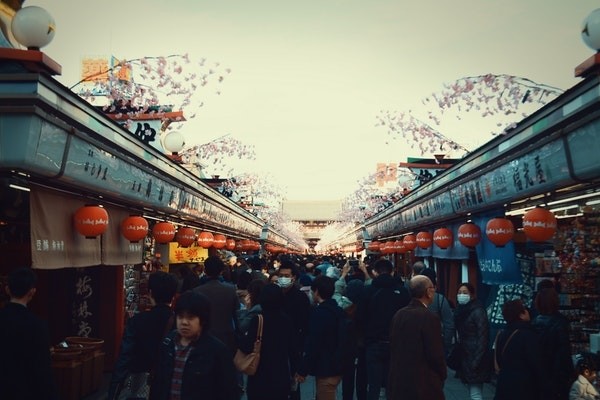
We ask Jorge Larranaga, Deputy Director, Manufacturing Department at Number Three why this is.
Why do you think Japanese consumers still hold the highest per capita spending in beauty products?
Japanese and Koreans hold the highest per capita spending in the world for beauty products. There is a Japanese proverb that says that the face is the mirror of the soul, and therefore, care is taken to have a ‘presentable’ face to interact socially.
How crucial is the Made in Japan label to the success of the Japanese cosmetics industry?
For most Japanese consumers, the “made in Japan” label is synonymous with safety and high-quality standards. Only foreign brands in the prestige market have been able to penetrate the Japanese market, and usually, they struggle at the beginning to match Japanese expectations in terms of quality and customer service.
In May 2018, Pola conducted a voluntary recall of some prestige hair care products because they found small plastic particles in some. The particles in question were smaller than microbeads and didn’t pose any risk, but because of the high-quality standards of Japanese manufacturers, they decided to voluntarily recall them.
Japanese consumers on social media were enraged when they learned that the recalled products in question were manufactured by Pola in Thailand and imported to Japan.
Why are Japanese brands choosing to leave the comfort of a healthy domestic market now?
The domestic market in Japan has grown primarily because of the increase in the number of tourists. When Tokyo was awarded the Olympic games in 2013, the government estimated that by 2020, Japan will double the number of tourists from 10 million to 20 million.
However, the 20 million figure was reached in 2015, and it’s probable that we surpassed the 30 million in 2018. Surging on repeat purchases by Asian tourists after returning from their visits to Japan, cosmetics exports surpassed the value of cosmetics imports in 2016.
Most of the Japanese cosmetics companies have not left the comfort of their domestics market, and only multinational companies (MNC)s are actively launching products in new markets and creating marketing strategies tailored for those countries.
This comes after learning how Korean companies are succeeding in markets that seemed too far away as a possibility for Asian cosmetics.
Jorge Larranaga will take us through the Japanese beauty industry’s skin care and hair care trends at in-cosmetics Korea on 14 June 2018 from 16:00 - 16:45. For more information, visit http://korea.in-cosmetics.com/.
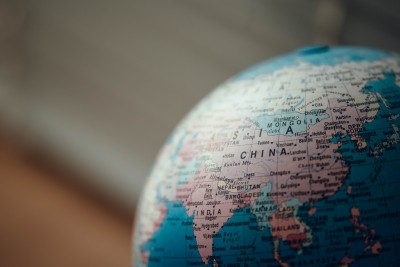
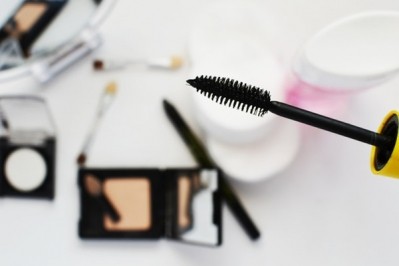
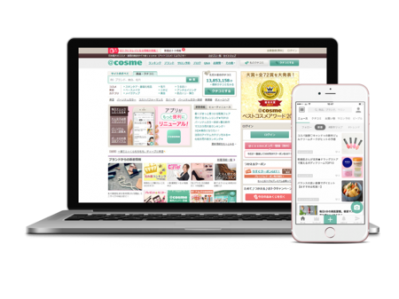



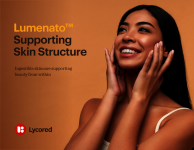


![Latest developments from the South Korean beauty market. [Getty Images]](/var/wrbm_gb_food_pharma/storage/images/_aliases/wrbm_tiny/publications/cosmetics/cosmeticsdesign-asia.com/headlines/brand-innovation/korea-focus-able-c-c-kolmar-and-more-in-this-k-beauty-round-up/17357973-1-eng-GB/Korea-focus-Able-C-C-Kolmar-and-more-in-this-K-beauty-round-up.jpg)

![Able C&C has furthered its partnership with Japanese discount chain Daiso with new makeup launch. [A'pieu]](/var/wrbm_gb_food_pharma/storage/images/_aliases/wrbm_tiny/publications/cosmetics/cosmeticsdesign-asia.com/headlines/brand-innovation/a-pieu-and-daiso-launch-exclusive-2-makeup-line/17339117-1-eng-GB/A-pieu-and-Daiso-launch-exclusive-2-makeup-line.jpg)
![Down Under Enterprises is setting sights on the Asian market as environmental sustainability and traceability become increasingly important. [Getty Images]](/var/wrbm_gb_food_pharma/storage/images/_aliases/wrbm_tiny/publications/cosmetics/cosmeticsdesign-asia.com/headlines/market-trends/down-under-enterprises-shifts-focus-to-china-as-environmental-sustainability-traceability-come-into-the-spotlight/17304932-1-eng-GB/Down-Under-Enterprises-shifts-focus-to-China-as-environmental-sustainability-traceability-come-into-the-spotlight.jpg)
![News updates from Shiseido, Dr.Ci:Labo, Sephora, and more. [Shiseido]](/var/wrbm_gb_food_pharma/storage/images/_aliases/wrbm_tiny/publications/cosmetics/cosmeticsdesign-asia.com/headlines/brand-innovation/updates-from-shiseido-dr.ci-labo-sephora-and-more/17334944-1-eng-GB/Updates-from-Shiseido-Dr.Ci-Labo-Sephora-and-more.jpg)

![Clariant has underscored the importance of localisation strategies and distribution capabilities in China with beauty trends evolving at a rapid pace. [Getty Images]](/var/wrbm_gb_food_pharma/storage/images/_aliases/wrbm_tiny/publications/cosmetics/cosmeticsdesign-asia.com/article/2024/04/16/clariant-emphasises-importance-of-localisation-in-the-era-of-viral-trends/17327969-1-eng-GB/Clariant-emphasises-importance-of-localisation-in-the-era-of-viral-trends.jpg)



